China in SE Asia Posted by sasha on Apr 22, 2015 in Culture
Recently, I wrote about celebrating the Water Splashing Festival in Yunnan province – a holiday predominantly celebrated in Southeast Asian countries like Laos, Myanmar, and Thailand. After having lived in China for many years and traveled extensively throughout SE Asia, it was interesting to see a bit of SE Asia in China. While it’s rare to find elements of Thai, Vietnamese, or Burmese culture in China, there are numerous places along the Banana Pancake Trail with Chinese influences. Here are a few examples of China in SE Asia that I’ve encountered on my travels:
Malaysia
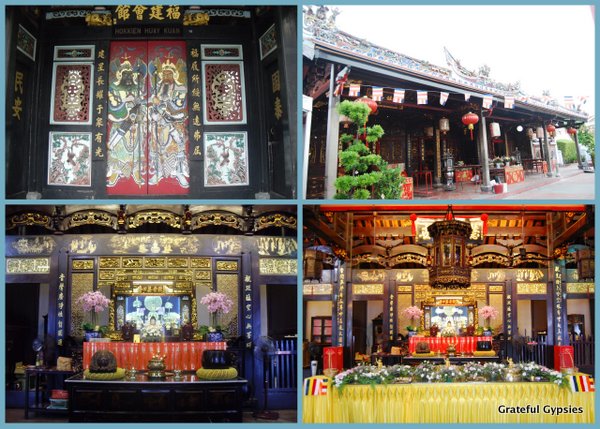
Chinese temples in Malacca.
The so-called Malaysian Chinese are the second largest ethnic group in the country, making up about 24% of the population. During the Malacca Empire, a wave of Chinese came to Malacca, mostly from Fujian province. The descendants of this group are known as Baba (men) and Nonya (women), and travelers to Malacca can learn more about them in the Baba Nonya Heritage Museum. You can also visit the oldest Chinese temple in Malaysia and munch on Chinese chicken rice balls.
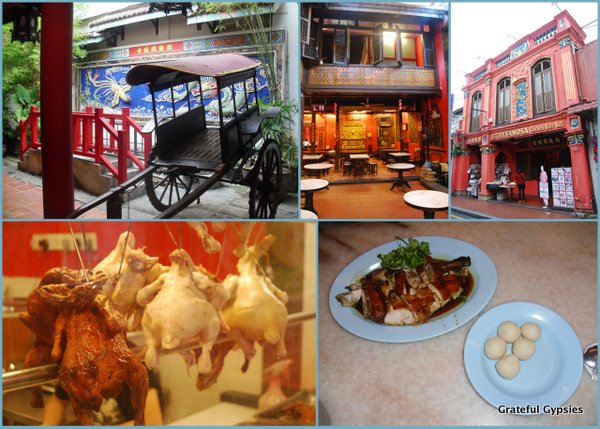
Mmm… chicken rice balls.
In Kuala Lumpur we ended up staying in Chinatown, as do many other backpackers – it’s by far the cheapest place to stay in the city. Strolling around the streets here, you’ll find plenty of Chinese shops, restaurants, and street vendors.
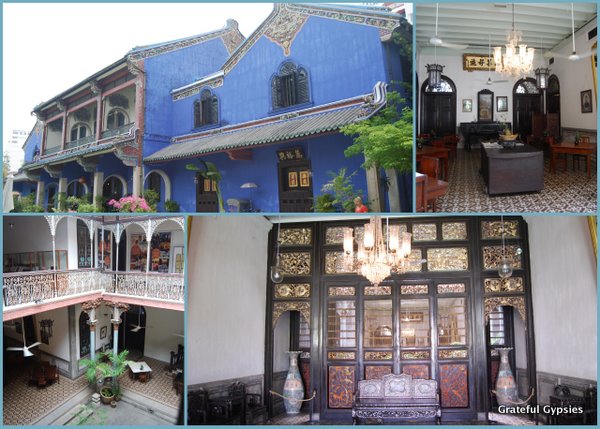
A few shots of the Cheong Fatt Tze Mansion.
Up in the historic city of Georgetown on Penang island, you can tour the mansion of Cheong Fatt Tze, a successful Hakka merchant often referred to as the “Rockefeller of the East.” It was built according to Chinese feng shui (风水 – fēng shuǐ) purposes and it’s a rather impressive place, with nearly 40 rooms and a handful of courtyards as well. There’s also a beautiful Chinese temple you can visit that is full of incredible wood carvings and paintings.
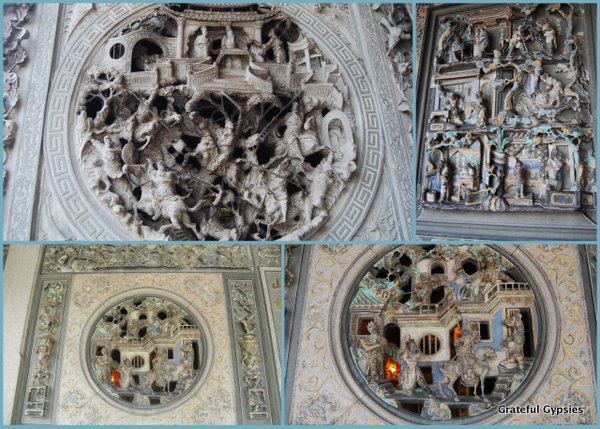
Intricate wood carvings in a temple.
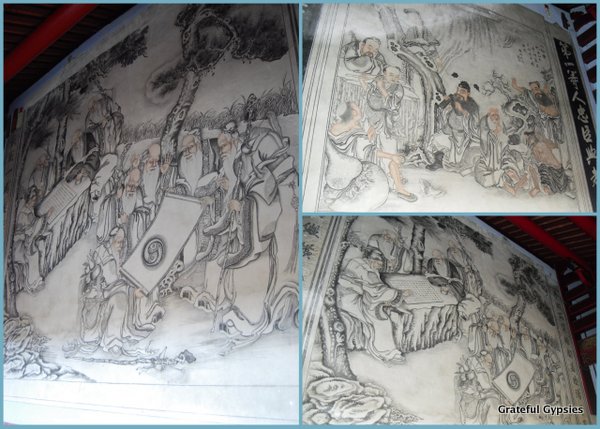
Some Chinese paintings in the temple.
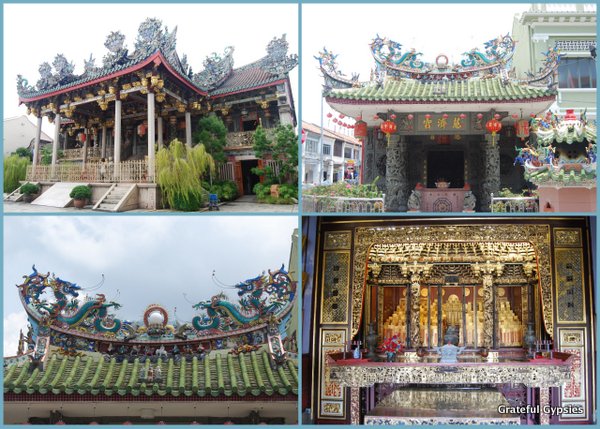
The Kuan Yin Teng temple.
Thailand
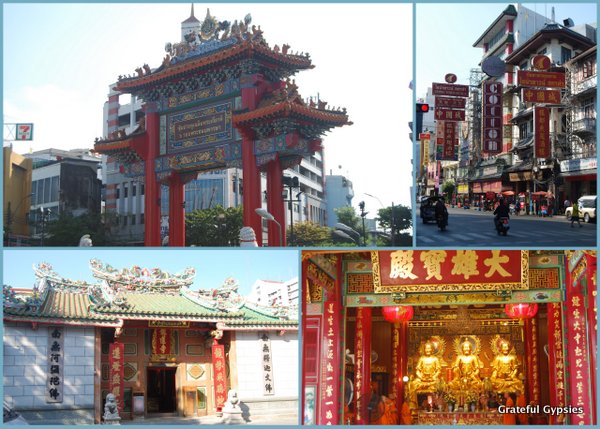
Chinatown, Bangkok
In the Thai capital of Bangkok, you’ll find one of the most bustling Chinatown’s in the world. Founded by Chinese merchants in the 1870s, this area remains a large Chinese community and is home to countless gold shops, pharmacies, and seemingly endless alleys of vendors and markets. If you should happen to find yourself in Bangkok over the Chinese New Year, this is definitely the place to be.
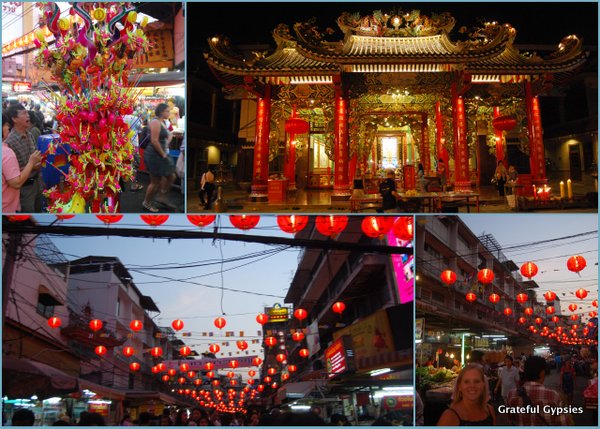
Illuminated in red – Chinatown at night.
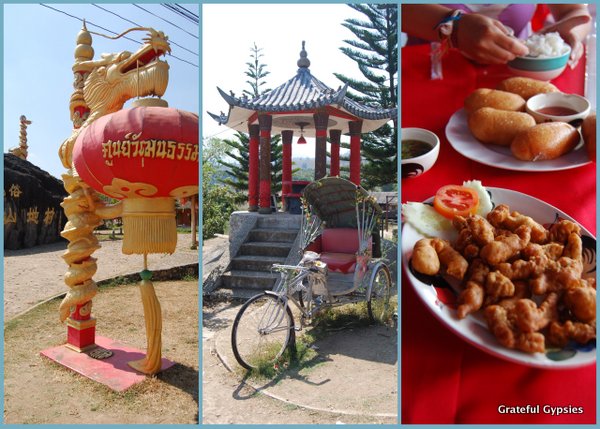
Chinese village outside of Pai.
Further north, we encountered a Chinese village outside the town of Pai. Established by Yunnanese hilltribes who fled China to escape Communist rule, the village is more of a silly tourist attraction than anything – complete with a dragon statue, replica city wall, and a silly human powered ferris wheel. That being said, it was nice to sit down to a tasty, (almost) authentic Chinese lunch.
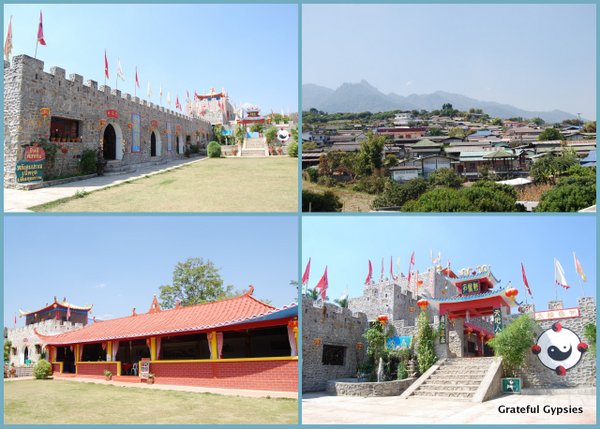
Sure it looks cheesy, but it’s fun.
Vietnam
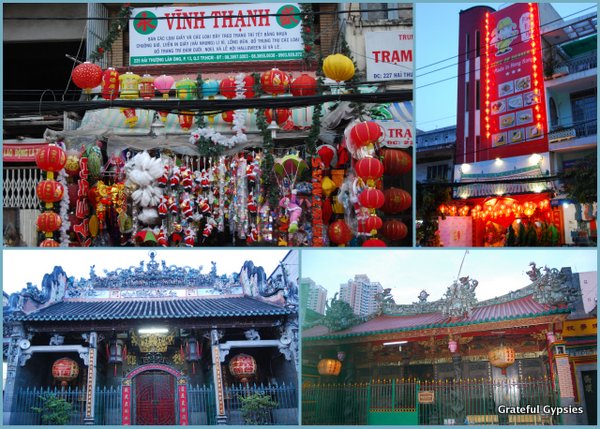
Saigon’s Chinatown
In Ho Chi Minh City, the area known as Cholon serves as the city’s Chinatown. The Chinese minority Hoa came here in 1778 when they were taking refuge from the Tay Son forces. They were attacked twice and had to rebuild, and those who survived eventually setting up businesses here. During the Vietnam War, it was a hotbed of black market activity, with soldiers trading especially in American Army items.
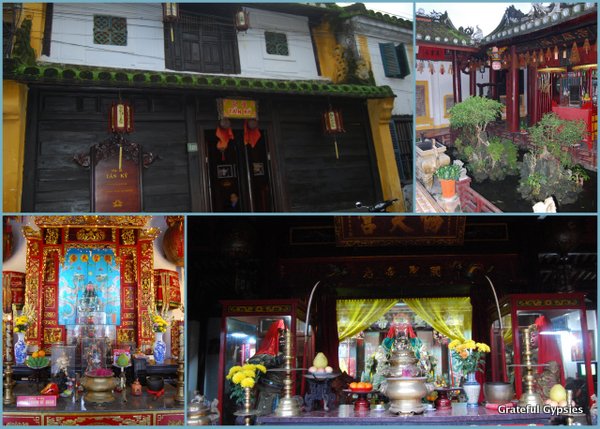
Chinese influences in Hoi An.
Up in central Vietnam you’ll find the UNESCO town of Hoi An, chock full of Chinese influences. Throughout the town, you can explore a variety of traditional houses, temples, and assembly halls that reflect a mixture of Vietnamese, Chinese, Japanese, and European elements. Many Chinese merchants settled here to take advantage of Hoi An’s strategic location for trading by sea.
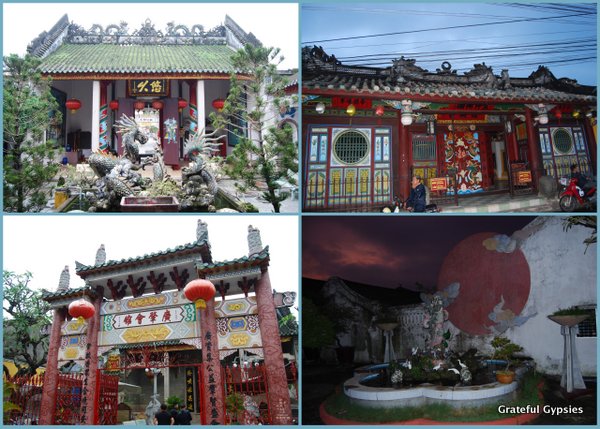
Two of the Chinese assembly halls in the town.
Myanmar
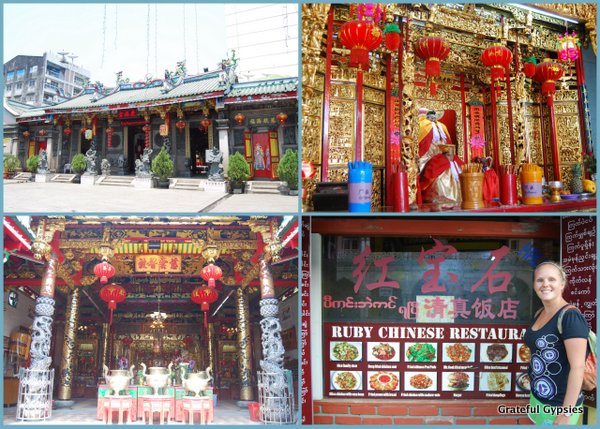
Some scenes of Chinese culture in Myanmar.
Although you won’t encounter a whole lot of Chinese influence across Myanmar, you’ll sure find a lot of Chinese people in Mandalay. The wave of immigrants has doubled the city’s population in just a decade, and it’s estimated that 30-40% are now Chinese. This influx has pushed many Bamar people out of the city center and has also led to a bit of racial tensions between the groups. To add to this, many obtain their Burmese citizenship illegally on the black market. It will be interesting to see how this plays out in Mandalay and other areas of Myanmar where Chinese are pouring in over the border.
Of course, there’s also a Chinatown in the former capital of Yangon. Here you’ll find the typical Chinese temple, shops, and even a whole street full of BBQ stalls in the evening.

Enjoy some Chinese tea… in Thailand.
As if seeing all of the Chinatowns back home in the US wasn’t enough, I’ve now realized that Chinese people and culture are really everywhere you look. Interestingly enough, we didn’t see a whole lot of Chinese influences in Cambodia, Laos, or Indonesia, aside from the occasional restaurant and Jakarta’s Chinatown. There’s no denying the influence of China in the region, and it only seems to be getting stronger.

Build vocabulary, practice pronunciation, and more with Transparent Language Online. Available anytime, anywhere, on any device.
About the Author: sasha
Sasha is an English teacher, writer, photographer, and videographer from the great state of Michigan. Upon graduating from Michigan State University, he moved to China and spent 5+ years living, working, studying, and traveling there. He also studied Indonesian Language & Culture in Bali for a year. He and his wife run the travel blog Grateful Gypsies, and they're currently trying the digital nomad lifestyle across Latin America.




Comments:
John Nevada Lundemo:
Well,this article is truly insightful and full of information. Thanks! Sasha.
Nevada